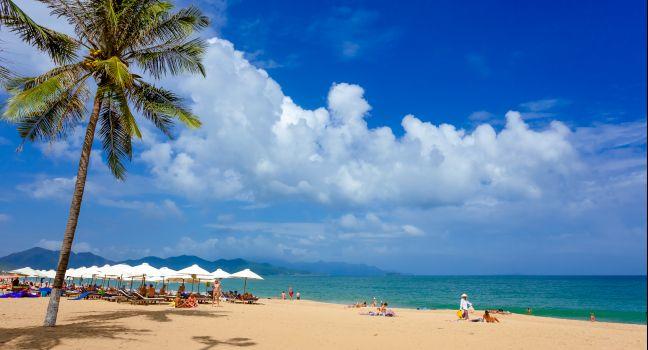Ba Dinh Square
Dien Bien Phu Street comes to an end at the minimally landscaped Ba Dinh Square, in the center of which flutters Hanoi's largest Vietnamese flag. This is where half a million northern Vietnamese gathered to hear Uncle Ho's Declaration of Independence on September 2, 1945, and where, after Ho's death in 1969 (also on September 2), another 100,000 Hanoians gathered to pay homage. On the west side of the square is the mausoleum itself, a cold and squat cubicle that's nonetheless arresting in its simplicity and grandeur.
Across the square from the mausoleum and slightly to the left is the Ba Dinh Meeting Hall, the four-story headquarters of the Communist Party and the site where the National Assembly convenes. Across the square and to the right, where Dien Bien Phu Street meets the square, stands the huge and graceful Ministry of Foreign Affairs. Directly opposite the mausoleum and at the end of short Bac Son Road is the monument to Vietnam's revolutionary martyrs. A palm- and willow-shaded mansion to the right of the monument is the family home of former minister of defense General Vo Nguyen Giap, who orchestrated the siege at Dien Bien Phu in 1954. General Giap passed away in 2013.




